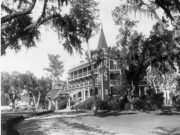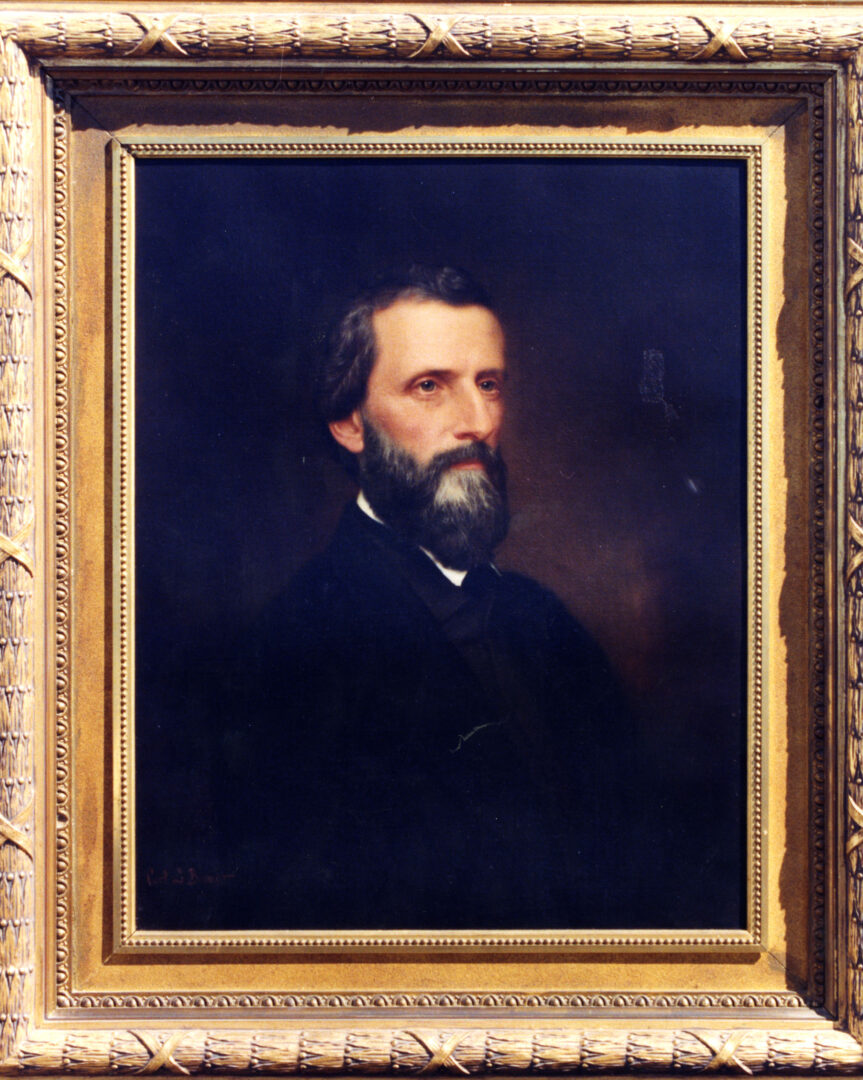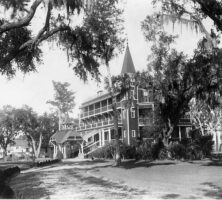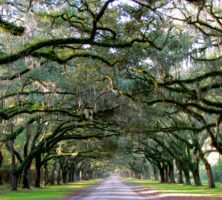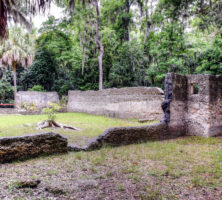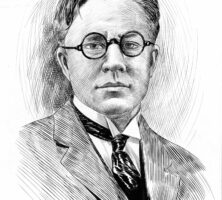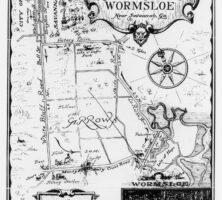The oldest of Georgia’s tidewater estates, Wormsloe has remained in the hands of the same family since the mid-1730s. Claimed and developed by founding Georgia colonist Noble Jones, Wormsloe has successively served as a military stronghold, plantation, country residence, farm, tourist attraction, and historic site. Nonetheless, Wormsloe’s most characteristic and defining use has been as the ancestral home of Noble Jones’s descendants.
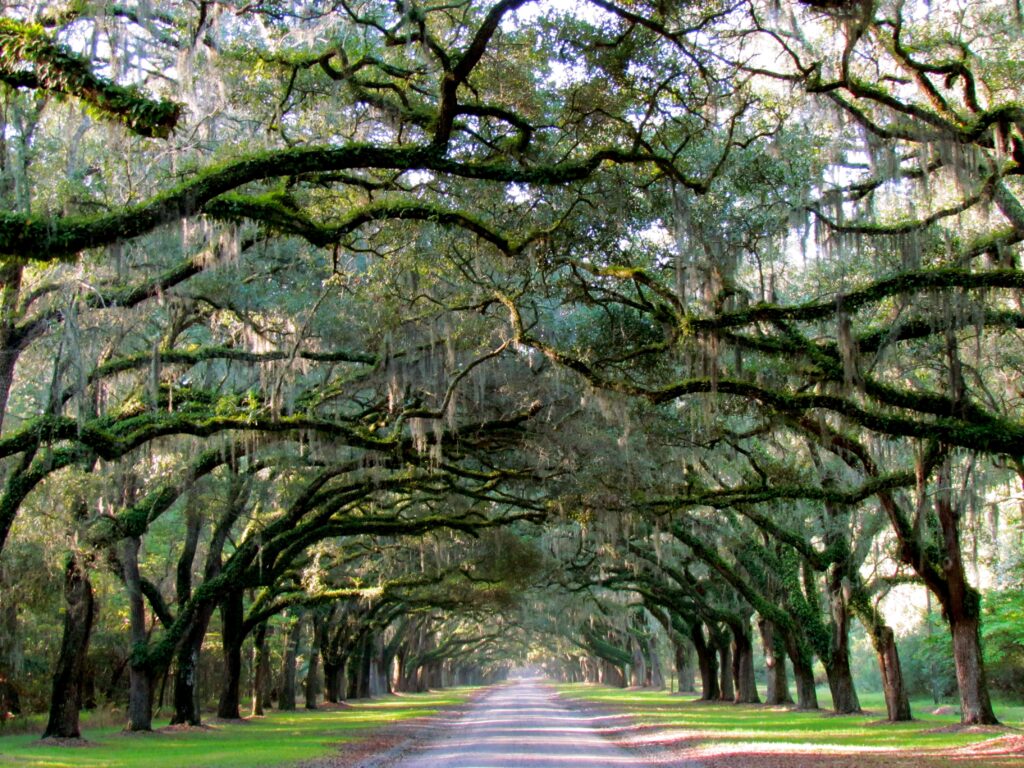
Lying some ten miles southeast of Savannah, Wormsloe occupies the southern portion of the Isle of Hope, a peninsula four miles long and as much as a mile wide. During the colonial era Wormsloe’s strategic location made it a valuable component of Savannah’s outer defenses against Spanish attack. As a principal military officer of colonial Georgia, Jones used Wormsloe (then his leasehold) as a guard post, and his fortified tabby residence served as nucleus for a garrison of marines.
In 1756 George II of England formally granted Jones ownership of Wormsloe (originally spelled “Wormslow”). During the 1750s Jones used a small corps of enslaved people to cultivate some of his 500 acres there. His agricultural activities, limited though quite diversified, included some cotton and grains (perhaps even small quantities of rice), along with vegetables, fruits, berries (including grapes), and mulberry trees. The leaves of mulberry trees were needed as food for the silkworms that Georgia’s Trustees hoped would make the colony a supplier of silk. Though it has long been assumed that this silkworm connection explains the plantation’s unusual name, “Wormsloe” (and close variants) figures prominently as a place name in the English-Welsh borderland from which the Joneses came.
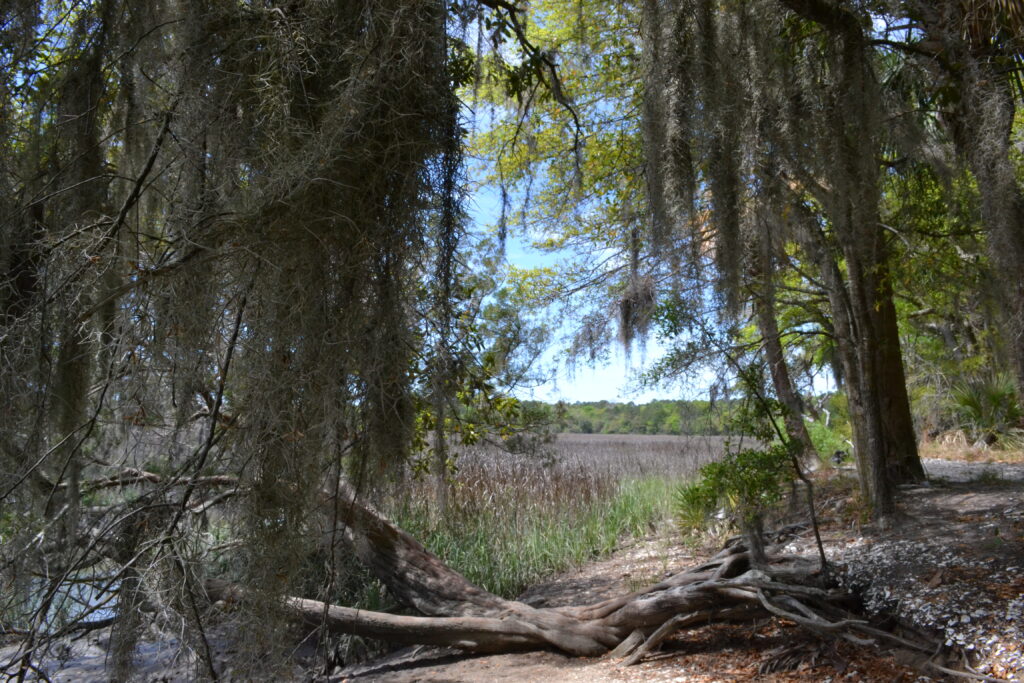
Jones also made a start with the landscaping and gardens that would later make Wormsloe a byword in the South. He cleared a wide swath of timber and undergrowth on Wormsloe’s southwestern edge to afford a view of the Bethesda orphanage, at that time Georgia’s largest and finest masonry structure.
In his will Jones directed that Wormsloe go to his son, Noble Wimberly Jones, and “his Heirs for ever.” Nonetheless, for almost six decades after Jones’s death and burial at Wormsloe in 1775, his descendants made very limited use of the estate. His daughter, Mary Jones Bulloch, had only a life interest in the estate, as well as a Savannah residence. Noble Wimberly Jones preferred to live in Savannah and elsewhere; before his death he transferred Wormsloe to his son George Jones, who also owned other residences and even turned the estate over to a lessee for a period.
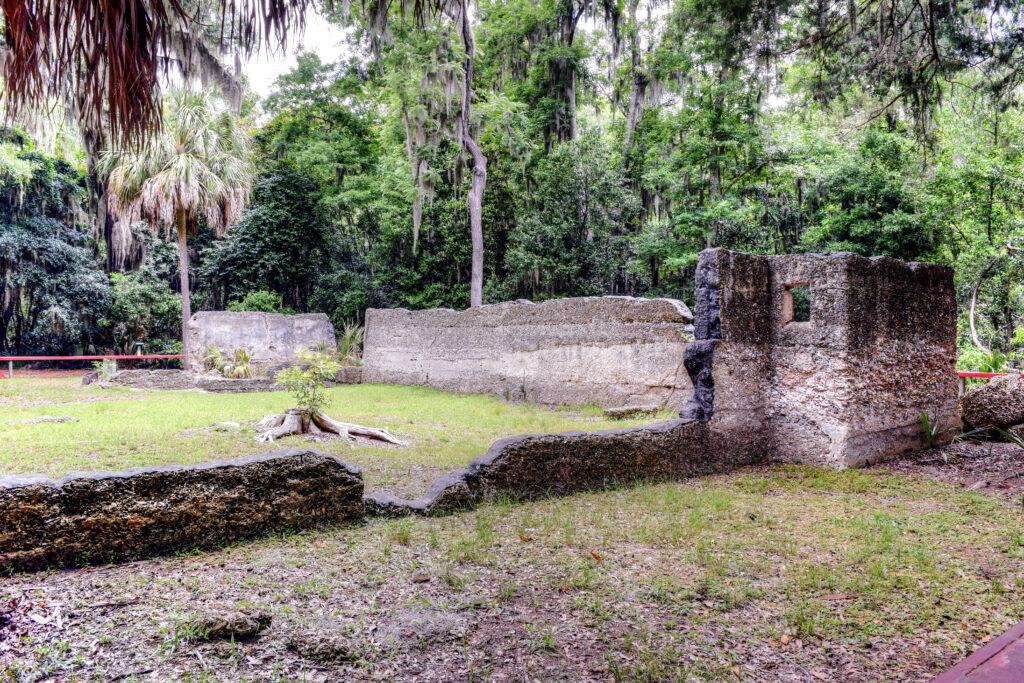
George Jones built the first version of Wormsloe House, the residence that replaced two earlier Jones homes at Wormsloe. This two-story timber dwelling, built around 1830, measured twenty by forty feet and faced the water. Most significant, however, the new house appears to have kindled a love for Wormsloe and family tradition in George Jones’s heir, George Frederick Tilghman Jones.
George Frederick Tilghman Jones changed the spelling of the estate from Wormslow to Wormsloe. He transformed his own name to George Wymberley Jones before legally adding a new surname in 1866 to become G.W.J. De Renne. Incorporating the original Wormsloe House, he created a spacious three-story residence. It faced north toward the road to Savannah, below which he purchased an additional 250 acres, adding it to the Wormsloe estate. Enslaved people worked his fields for Sea Island cotton as a money crop and harvested a large variety of edible crops as well, including seafood, poultry, fruits, nuts, and vegetables.

More significant for the survival of Wormsloe was De Renne’s linkage of the estate with historical and literary publications. The first of these, a handsome reprint of a rare 1781 pamphlet credited to George Walton, appeared under the Wormsloe imprint in 1847. It created a line of books carried on by De Renne and his descendants until this day. From G.W.J. De Renne’s time also came an association of the family and the estate with collections of books and manuscripts devoted to Georgiana.
Unsurprisingly, the Civil War (1861-65) brought profound changes to Wormsloe. The De Renne family fled to various points in the Southeast and Europe, and the Confederate authorities constructed massive earthworks at the southern tip of the Isle of Hope, near the ruins of Noble Jones’s fortified residence. Federal troops later occupied the area and apparently damaged two of the houses’ marble mantels, along with other acts of vandalism. While the family was abroad during Reconstruction, Wormsloe House and its acreage were briefly leased; only in the 1870s would the house and grounds be used by the De Rennes, and then mainly as a country retreat from their Savannah mansion.
With the death of G.W.J. De Renne in 1880, Wormsloe entered a sort of limbo until De Renne’s sole surviving child, Wymberley Jones De Renne, took possession of it in 1893. He oversaw the extensive renovation and expansion of Wormsloe House, as well as numerous improvements to the grounds, which included cattle barns and a dairy operation.
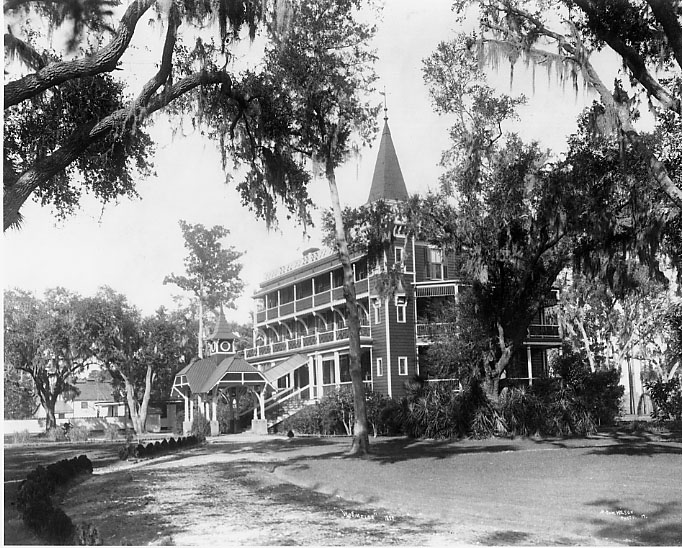
In keeping with the De Renne tradition of publications, Wymberley De Renne printed books linked to Wormsloe (including an account of the Cherokee Removal written by Wilson Lumpkin), and also created a matchless collection of books and manuscripts related to Georgia history. The De Renne Georgia Library was ultimately housed in a columned fireproof building near the residence.
With Wymberley De Renne’s death in 1916, his father’s estate was finally settled, and his son, W. W. De Renne, became full owner of Wormsloe, having purchased his sisters’ shares in the family estate. The young DeRenne, with his wife, Augusta Floyd De Renne, maintained and expanded the gardens at Wormsloe, creating three interlocking formal gardens to the rear of Wormsloe House. When business reverses cost him most of his inheritance, De Renne and his wife opened the estate to visitors in 1927 as Wormsloe Gardens, a popular tourist attraction that rivaled South Carolina’s Magnolia Gardens. De Renne had mortgaged Wormsloe in 1920, and his sister, Elfrida, took up the mortgage in 1930. She leased the estate to her brother until 1938. In that year the De Rennes moved to Athens, where Wormsloe’s Georgia Library became part of the University of Georgia’s library collection.
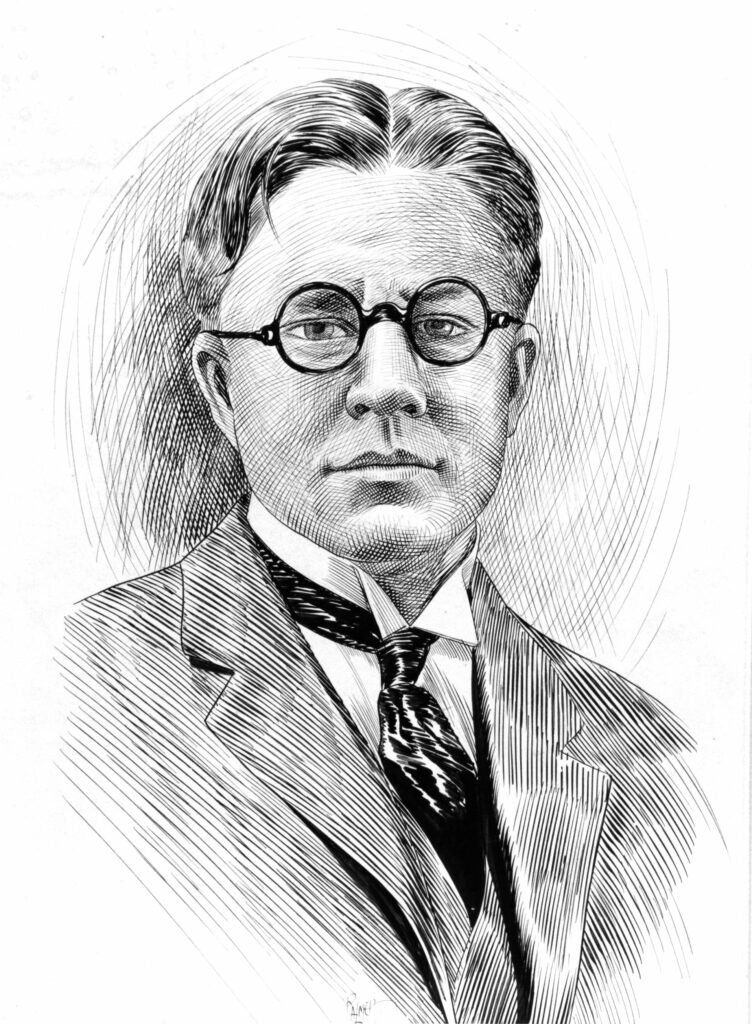
In 1938 Elfrida De Renne Barrow and her husband, Craig Barrow, moved to Wormsloe. Stripping Wormsloe House of its Victorian additions and ornamentation, the Barrows returned the structure to its former simplicity, adding a columned two-story portico double stairs to the front entry. The gardens, also simplified, were opened once a year for various charitable causes.
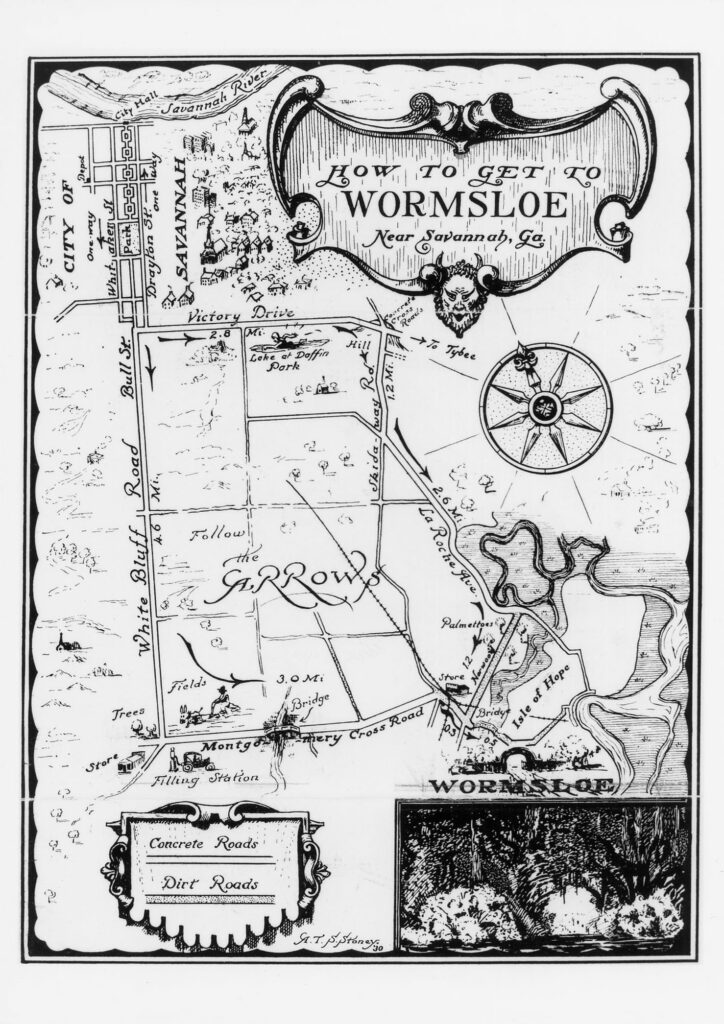
Elfrida Barrow linked Wormsloe to publications more explicitly than any of her ancestors. She created the nonprofit Wormsloe Foundation, which published primary and secondary works relating to Georgia history. The first of these was Wormsloe: Two Centuries of a Georgia Family, by E. Merton Coulter. In 1961 Barrow presented the bulk of Wormsloe—750 acres—to the foundation, reserving for her family mainly Wormsloe House and about fifty acres surrounding it. The foundation’s tax-exempt Wormsloe lands were to be used for various purposes related to history, conservation, and education.

After Barrow’s death in 1970, a court case began that ultimately led to the Georgia Supreme Court’s revoking the foundation’s tax-exempt status. Consequently, its Wormsloe acreage was acquired by the Nature Conservancy in 1972 and transferred the next year to the state of Georgia. In 1979 the state opened Wormsloe Historic Site, which features a museum and walking tours. These include the ruins of Noble Jones’s fortified residence and the Jones family burial ground. Though visible from the oak avenue, Wormsloe House remains private property, still occupied by descendants of Noble Jones.


